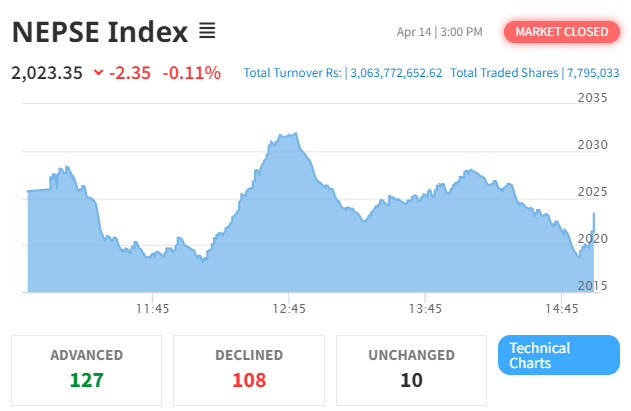How to Pick a Stock for Trading
Selecting the right stock for trading is crucial for any investor aiming to maximize returns while managing risks. Here’s a step-by-step guide to help you make informed decisions when picking stocks for trading:

1. Understand Your Trading Goals
Before diving into stock selection, clarify your trading objectives. Are you looking for short-term gains, or are you interested in long-term investment? Your goals will influence the type of stocks you choose and the strategies you employ.
2. Research and Analysis
Thorough research is the foundation of successful stock trading. Here are key aspects to consider:
a. Fundamental Analysis
- Company Financials: Examine the company’s financial statements, including income statements, balance sheets, and cash flow statements. Look for strong revenue growth, profitability, and healthy cash flow.
- Earnings Reports: Analyze quarterly and annual earnings reports to understand the company’s performance and future prospects.
- Valuation Ratios: Use metrics like Price-to-Earnings (P/E) ratio, Price-to-Book (P/B) ratio, and Price-to-Sales (P/S) ratio to compare the stock’s valuation against its peers.
b. Technical Analysis
- Price Trends: Study historical price charts to identify trends and patterns. Tools like moving averages, Relative Strength Index (RSI), and MACD (Moving Average Convergence Divergence) can help in predicting future price movements.
- Volume Analysis: Look at trading volumes to gauge the stock’s liquidity and market interest. High volumes often indicate strong interest and potential price movements.
3. Industry and Market Trends
Understand the broader economic and industry trends that could impact the stock. Analyze factors such as:
- Economic Indicators: Interest rates, inflation, and GDP growth can influence stock performance.
- Industry Performance: Compare the stock’s performance with its industry peers. A stock in a thriving industry has better growth prospects.
- Market Sentiment: Pay attention to news, analyst ratings, and market sentiment. Positive news and upgrades from analysts can drive stock prices higher.
4. Risk Management
Risk management is crucial in stock trading. Here’s how to manage risks effectively:
- Diversification: Avoid putting all your money into a single stock. Diversify your portfolio to spread risk across different assets.
- Stop-Loss Orders: Set stop-loss orders to limit potential losses. This helps in protecting your capital if the stock price moves against your expectations.
- Position Sizing: Determine the amount of capital to allocate to each trade. Avoid investing too much in a single trade to mitigate risk.
5. Utilize Tools and Resources
Leverage various tools and resources to enhance your stock-picking process:
- Stock Screeners: Use online stock screeners to filter stocks based on specific criteria like market capitalization, P/E ratio, and dividend yield.
- Financial News: Stay updated with financial news from reliable sources to make informed decisions.
- Trading Platforms: Choose a trading platform that offers robust research tools, real-time data, and a user-friendly interface.
6. Continuous Learning and Adaptation
The stock market is dynamic, and continuous learning is essential for success. Keep improving your knowledge through books, courses, and seminars. Stay adaptable and refine your strategies based on market changes and personal experiences.
Conclusion
Picking the right stock for trading requires a combination of research, analysis, and strategic planning. By understanding your goals, conducting thorough research, managing risks, and staying informed, you can enhance your chances of success in the stock market. Remember, stock trading involves risks, and it’s essential to make informed decisions to protect your investments.

















